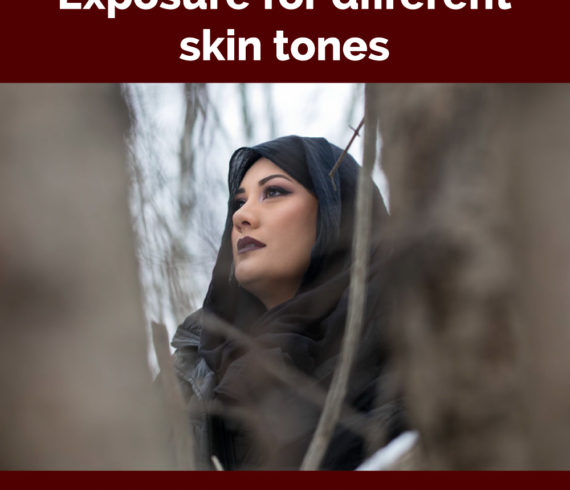
How to retouch skin
by Shekinah Shazaam Photography·
October 07, 2018·
in Blogging, Editing·
0 comments
tags: blog, blogging, editing, lighting series, love, passion, photography, removing blemishes, retouching skin, shekinahshazaamphotography
Read More

Exposure for different skin tones
by Shekinah Shazaam Photography·
July 08, 2018·
in Blogging, Editing·
0 comments
tags: blog, blogging, exposure, exposure for different skin tones, love, passion, photography, shekinahshazaamphotography
Read More

How color can affect mood
by Shekinah Shazaam Photography·
April 08, 2018·
in Blogging, Editing, Photography·
0 comments
tags: blog, blogging, color, editing, love, mood, passion, photo editing, photography, shekinahshazaamphotography
Read More

My editing workflow
by Shekinah Shazaam Photography·
July 09, 2017·
in Blogging, Editing, Photography·
0 comments
tags: adobe, adobe bridge, blog, blogging, camera raw, editing, love, passion, photography, photography workflow, photoshop, shekinahshazaamphotography
Read More